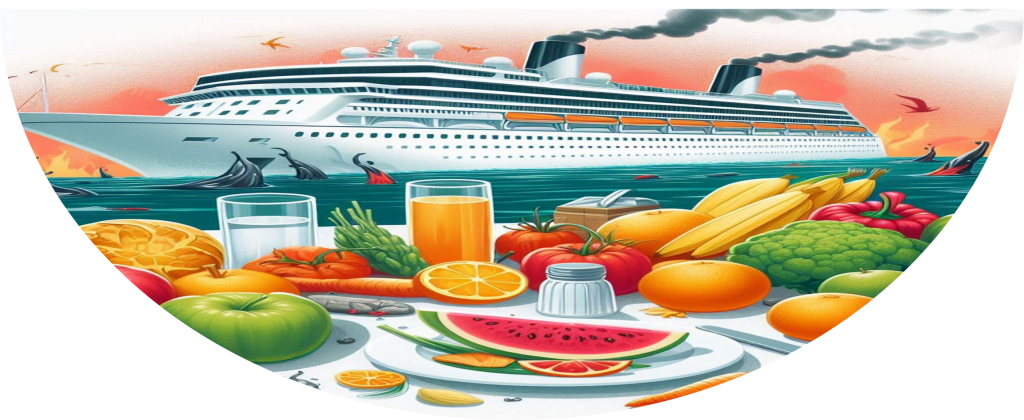
Innovative Technologies to Reduce Food Waste at Sea
Every year, vast quantities of fruits and vegetables are discarded aboard cruise ships—either composted or, in some cases, thrown overboard. This level of waste has significant environmental, social, and economic consequences, prompting the maritime industry to seek more sustainable solutions.
Current Waste Reduction Strategies
Cruise lines are increasingly adopting technologies and operational strategies to minimize food waste. Some vessels are equipped with drying systems and bio-digestion units to process organic waste onboard. Additionally, there is growing emphasis on optimizing menu design—focusing on portion control, presentation, and ingredient selection—to reduce leftovers and spoilage.
Ambitious targets have been set: several cruise operators aim to cut food waste by 40% by 2025 and 50% by 2030. Despite frequent port calls, cruise ships must carefully manage procurement based on product quality, pricing, and storage capacity. The handling of fresh produce is particularly complex, requiring precise temperature control and awareness of the biological behavior of fruits and vegetables.
Storage and Contamination Risks
Cruise ships typically feature multiple restaurants and galleys, each with dedicated refrigeration and freezer units, alongside centralized cold storage facilities. These environments must be carefully managed to prevent cross-contamination, particularly from airborne mold and ethylene gas, a natural plant hormone that accelerates ripening and can compromise the shelf life of nearby produce.
Lessons from Naval Operations
The logistical challenges faced by cruise ships are comparable to those on aircraft carriers, which also accommodate thousands of individuals requiring safe and nutritious food. The U.S. Navy has addressed these challenges by implementing advanced air purification and disinfection systems in cold storage areas. These systems avoid conventional filters, which are costly and complex to maintain, and instead focus on oxidizing ethylene gas to preserve produce quality.
UV-C Oxidation Technology: A Game Changer
One of the most promising innovations is UV-C irradiation combined with oxidation technology. This method can extend the shelf life of fruits and vegetables by two to three times without exposing them to chemicals or gases. The technology has gained traction beyond the U.S. Navy:
In Turkey, the shipping company Güngen has implemented the technology across six oil tankers, reporting positive results in their experience report.
- The Danish Navy has installed these systems on several frigates. In Turkey,
- The shipping company Güngen has implemented the technology across six oil tankers, reporting positive results in their experience report.
Broader Applications in Maritime Logistics
Regardless of its origin, this technology holds immense potential for broader application across the maritime sector. Its integration into cruise ships could significantly enhance efforts to reduce food waste, improve food safety, and optimize storage efficiency.
